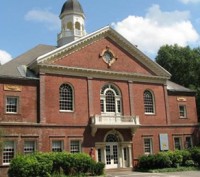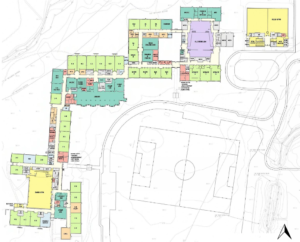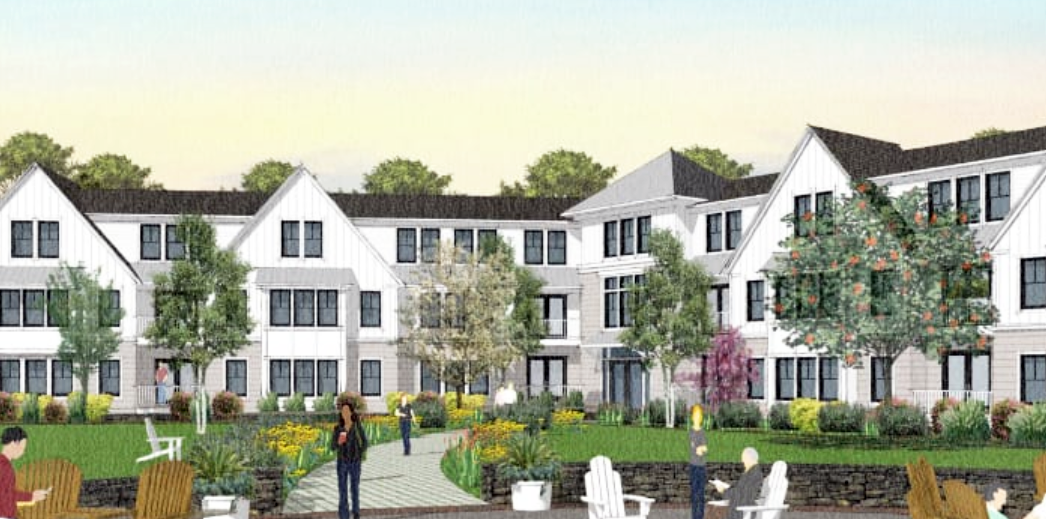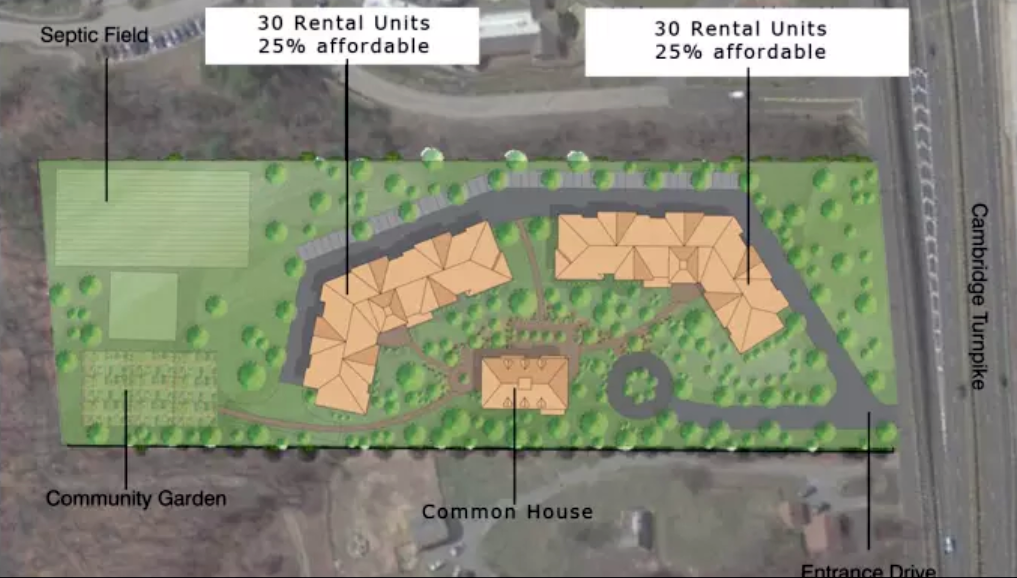As of Thursday, Feb. 1, the following residents have taken out nomination papers for town offices that will be up for election on March 26, 2018:
| Board or Committee | Openings/terms | Candidates |
|---|---|---|
| Board of Assessors | One for three years | Edward Morgan* |
| Board of Health | One for three years | Patricia Miller* |
| Board of Selectmen | One for three years | Jennifer Glass* |
| Cemetery Commission | One for three years | Susan S. Harding,* Carol DiGianni |
| Commissioners of Trust Funds | One for three years | — |
| DeCordova Museum and Sculpture Park Trustees | One for four years | Jonathan Rapaport |
| Housing Commission | One for three years, one for two years, one for one year | Evan Gorman,* Bijoy Misra,* Keith Gilber |
| Lincoln-Sudbury Regional District School Committee | Two for three years** | Gerald Quirk,* Carol Marie Kasper, Robert Stein |
| Parks and Recreation Committee | One for three years | Adam Hogue, Rey Romero, Sarah Chester |
| Planning Board | One for three years | Gerald Taylor* |
| School Committee | Two for three years | Peter Borden,* Alvin L. Schmertzler*, Catherine Bitter |
| Trustees of Bemis | One for three years | Mimi Borden |
| Water Commission | One for three years | Robert B. Antia* |
* incumbent
There are still no candidates for Commissioners of Trust Funds position.
Nomination papers must be taken out by Friday, Feb. 2 and filed by 5 p.m. on Tuesday, Feb. 6. A final list of candidates who will appear on the ballot will be published after that.









